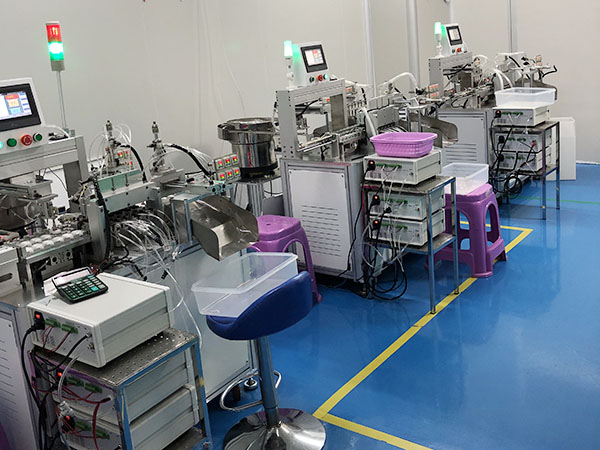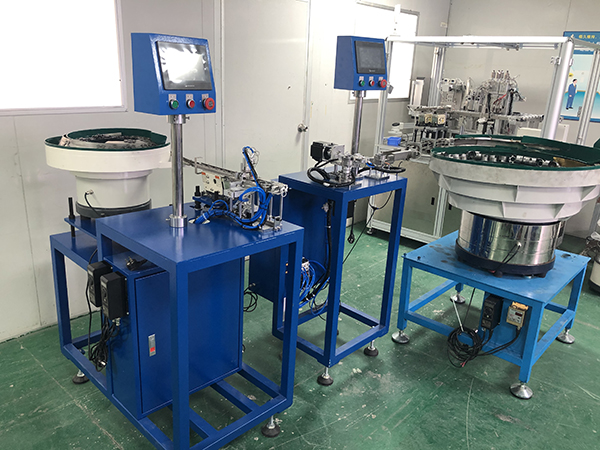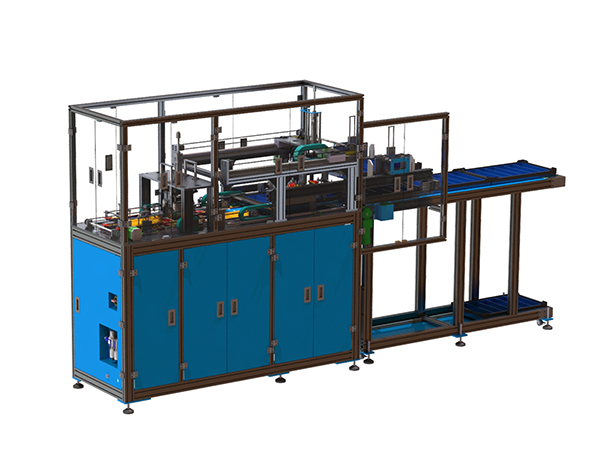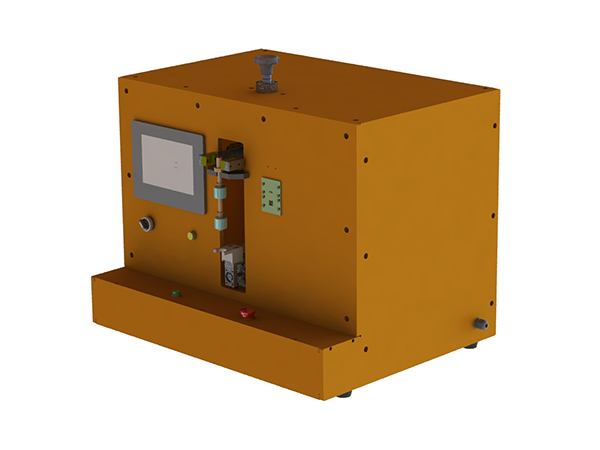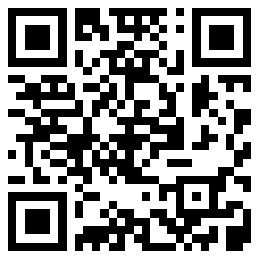Buoy testing machines, especially buoy testing equipment for water quality monitoring, such as buoy chlorophyll water quality testers and buoy type water quality monitoring stations, have been widely used in the field of water environment monitoring in recent years. The following is a detailed introduction to the buoy testing machine:
1、 Working principle
The working principle of the float testing machine mainly relies on the integration of various high-precision water quality sensors, which can accurately detect different water quality parameters. For example, chlorophyll sensors use the principle of laser fluorescence to excite chlorophyll in water to emit fluorescence signals, thereby detecting chlorophyll concentration. The pH sensor uses electrochemical principles to determine the pH value by measuring the concentration of hydrogen ions in the water. Dissolved oxygen sensors may use fluorescence or polarography to determine dissolved oxygen content. The data obtained by these sensors is transmitted in real-time to the data center through wireless transmission technologies such as GPRS, 4G, etc., and further processed and analyzed by software
2、 Main Composition Structure
Buoy testing machines typically consist of buoys, sensors, data collectors, software, and energy supply systems. The buoy is responsible for stably floating in the water to ensure the accuracy of the test results; Sensors are the core components for measuring water quality parameters; The data collector is responsible for integrating the digital signals transmitted by sensors; The software is used to process and analyze this data, ultimately outputting water quality parameter values. The energy supply system usually adopts a combination of solar panels and batteries to ensure the continuity of monitoring work
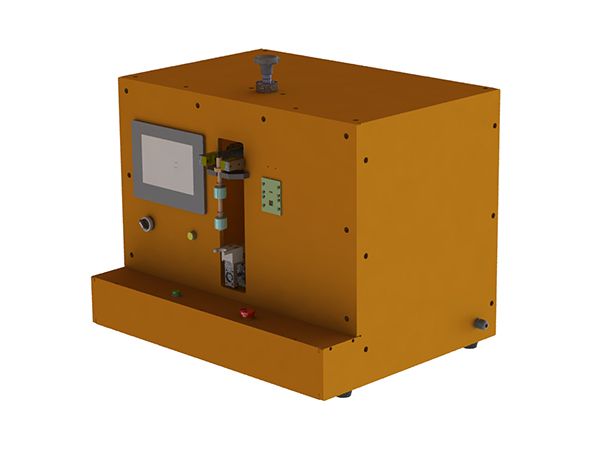
3、 Functional Features
Real time monitoring: The buoy testing machine has real-time measurement function, which can transmit data to the computer according to the preset sampling frequency to achieve real-time monitoring and help people quickly judge whether the water quality meets the standards
Automated testing: Adopting automated testing technology reduces human error, improves testing efficiency and accuracy
High precision measurement: The integrated multiple high-precision water quality sensors can accurately detect different water quality parameters, such as chlorophyll concentration, pH value, dissolved oxygen, etc
Remote monitoring and management: remote data collection and system control are realized through the Internet, which is convenient for management and data analysis. Management personnel can view monitoring data in real-time from remote locations and remotely control and maintain monitoring stations
Strong adaptability: The design of the buoy testing machine fully considers various environmental factors and can work normally under harsh weather and water flow conditions
4、 Application scenarios
The buoy testing machine has a wide range of application scenarios, including but not limited to:
Protection of drinking water sources: Real time monitoring of water quality in the source area to ensure the safety of drinking water
River water quality monitoring: deployed along the river to monitor real-time changes in river water quality, providing data support for river pollution control and ecological restoration
Lake and reservoir management: Regularly or long-term deployment in lakes and reservoirs to monitor the eutrophication status of water bodies, algal growth, etc
Monitoring of nearshore and marine environment: Monitoring parameters such as seawater temperature, salinity, dissolved oxygen, etc. is of great significance for marine ecological protection, fisheries resource management, and marine disaster warning
Aquaculture monitoring: helps farmers monitor the water quality of aquaculture water in real time, adjust the aquaculture environment in a timely manner, and improve aquaculture efficiency
Emergency monitoring and warning: In the event of water pollution or natural disasters, quickly deploy to the scene for emergency monitoring and warning
5、 Maintenance and Calibration
Regular calibration and maintenance are essential to ensure the accuracy and reliability of the buoy testing machine. The calibration frequency should be determined based on factors such as the accuracy requirements of the equipment, the usage environment, and the importance of the data. It is generally recommended to perform calibration once every quarter. The maintenance frequency depends on factors such as equipment usage, working environment, and failure rate. It is generally recommended to conduct routine maintenance once a month. During the maintenance process, the appearance, sensor performance, data transmission function, etc. of the equipment should be inspected to ensure that all functions of the equipment are normal. At the same time, batteries should be replaced regularly to maintain a dry, ventilated, and non corrosive gas environment during storage
In summary, as an efficient, accurate, and real-time water quality monitoring device, buoy testing machines are playing an increasingly important role in the field of water environment monitoring. Its wide range of application scenarios and powerful functional features make it one of the preferred devices in the field of water quality monitoring

